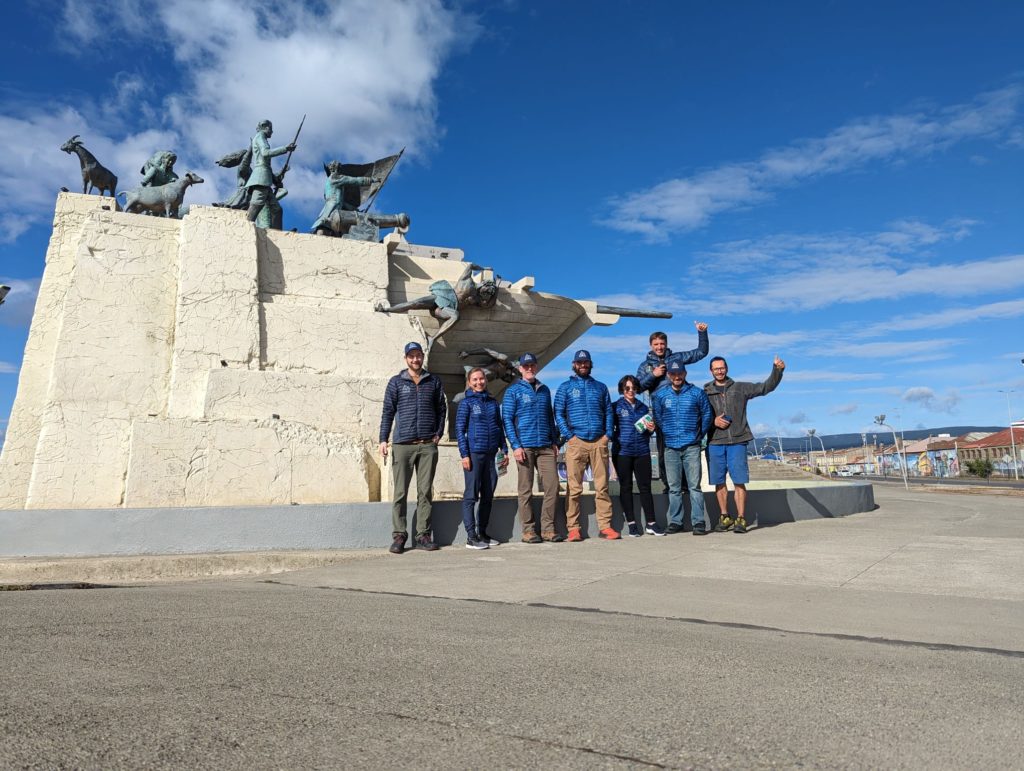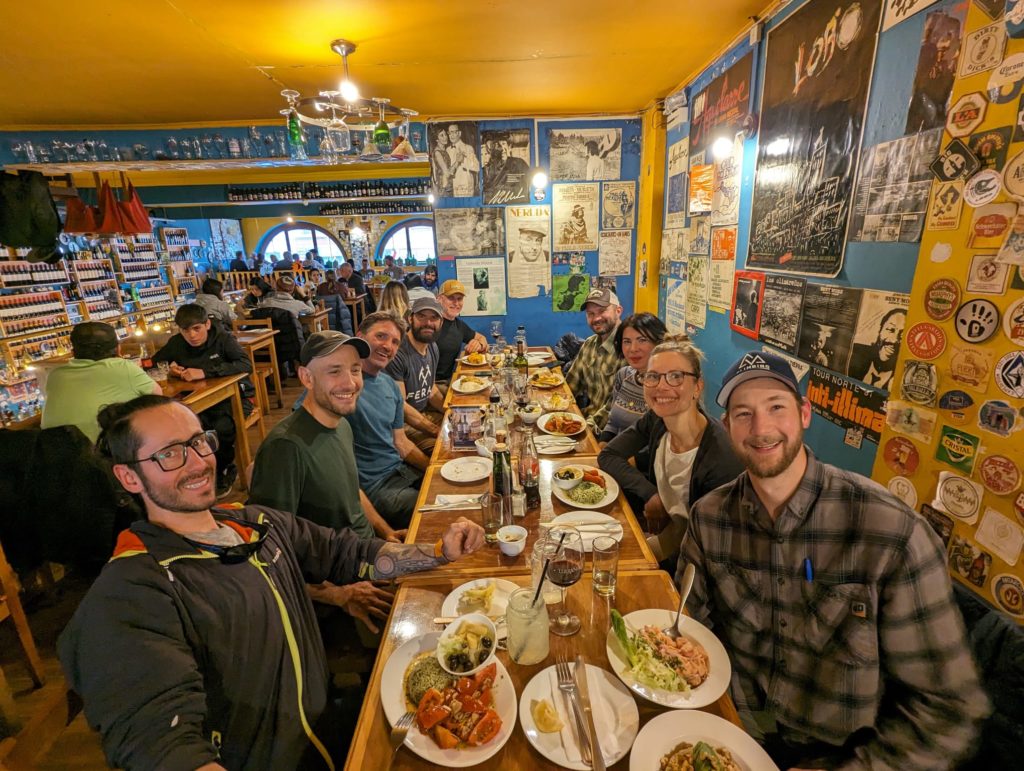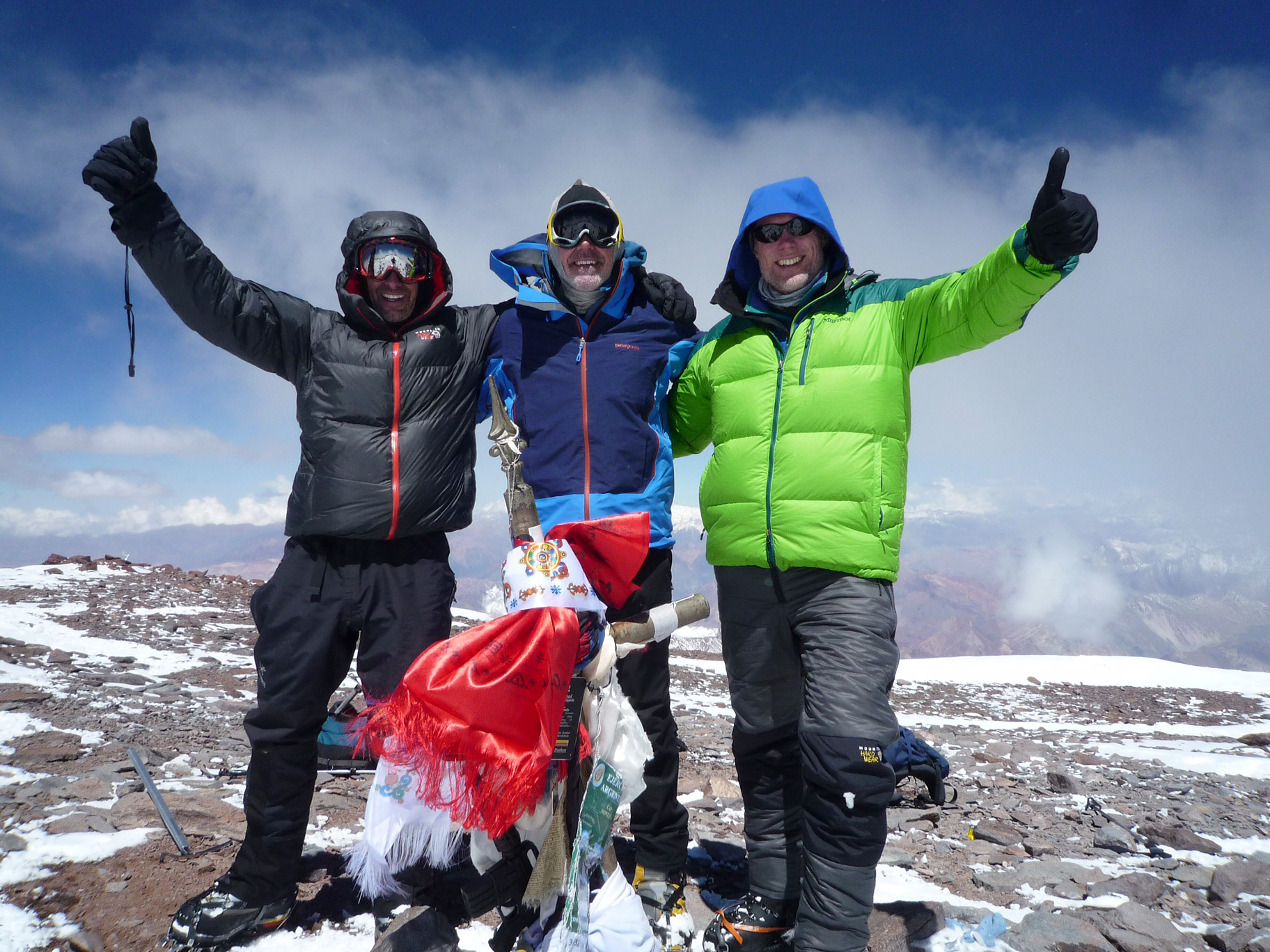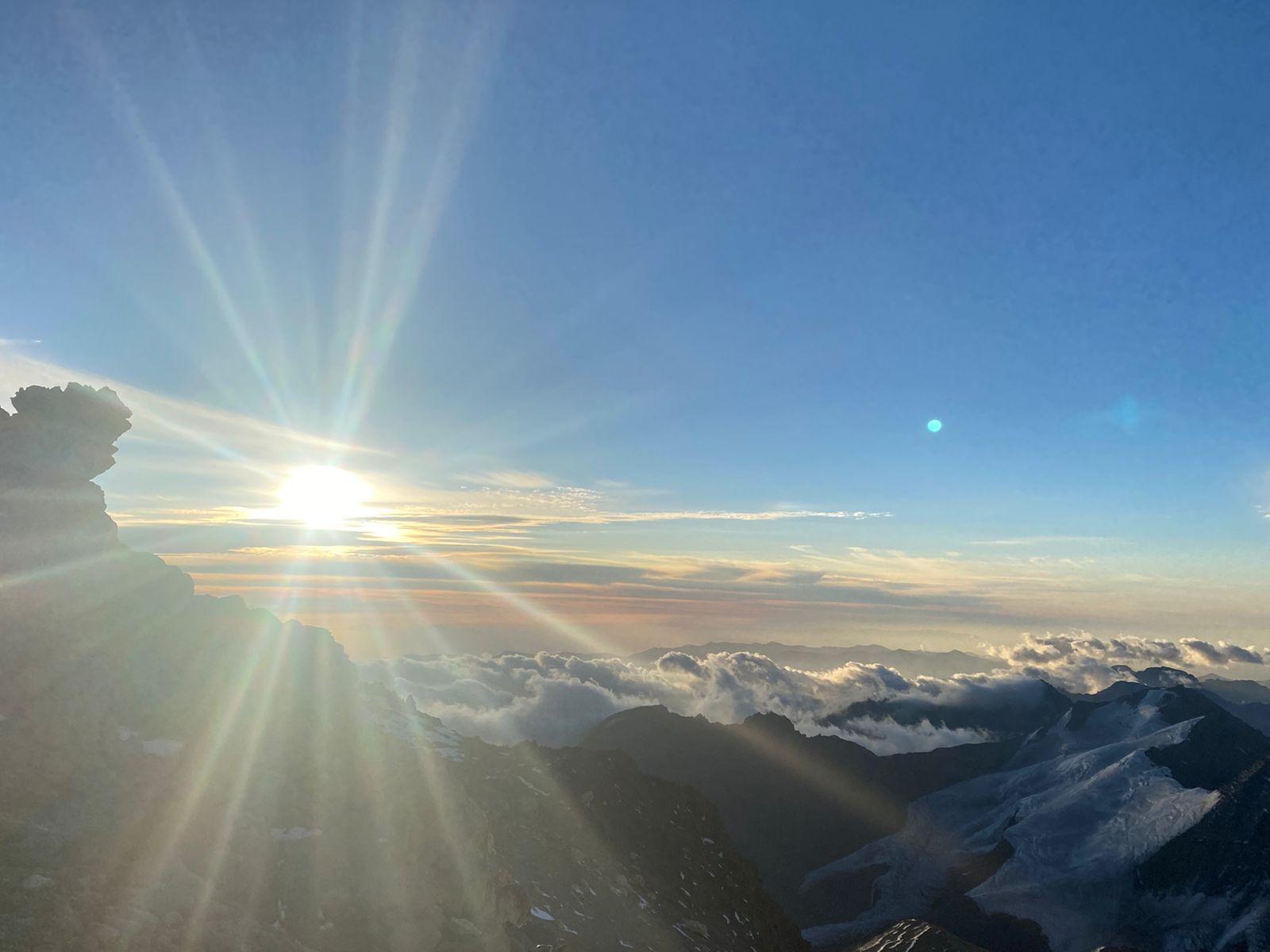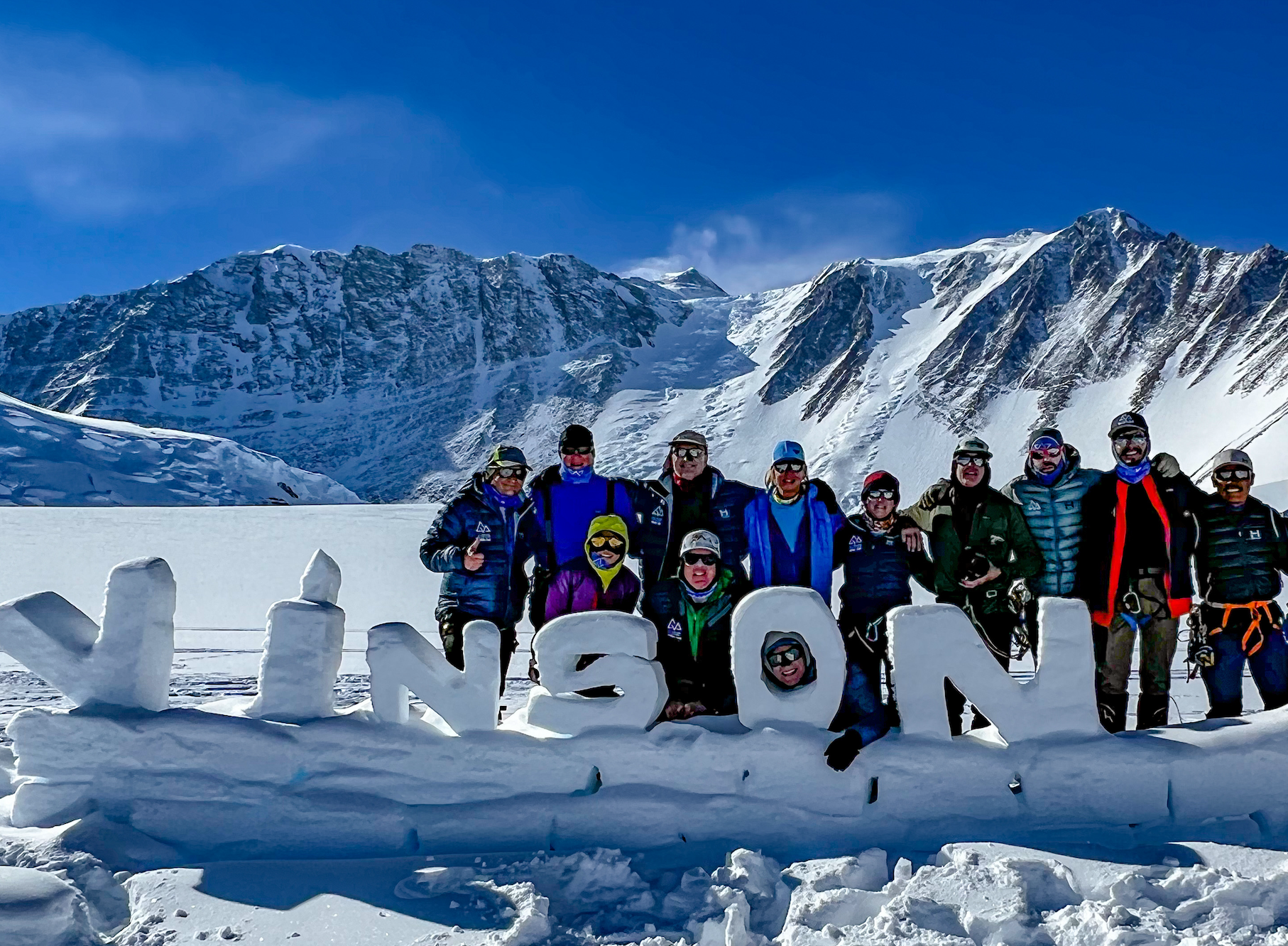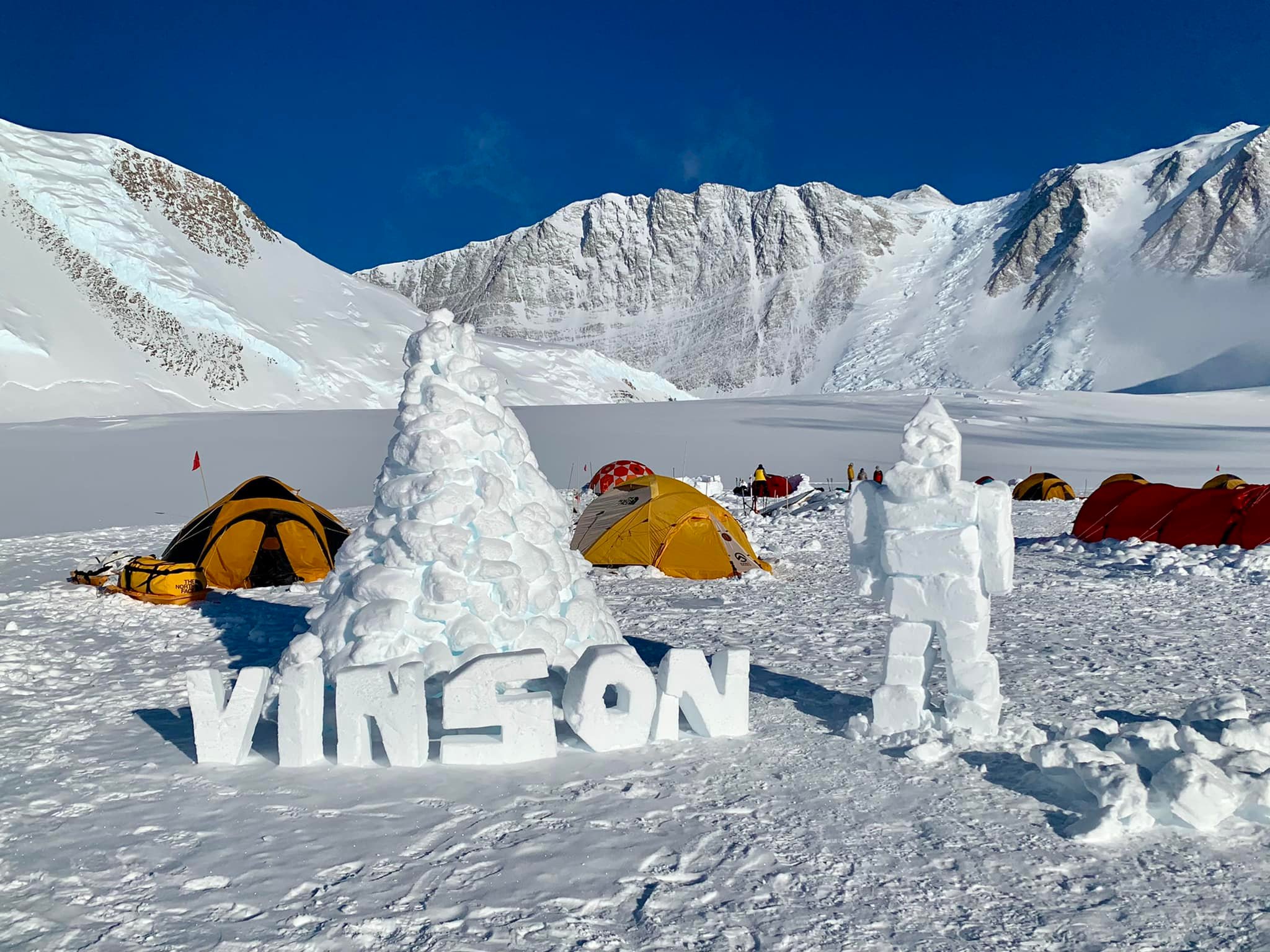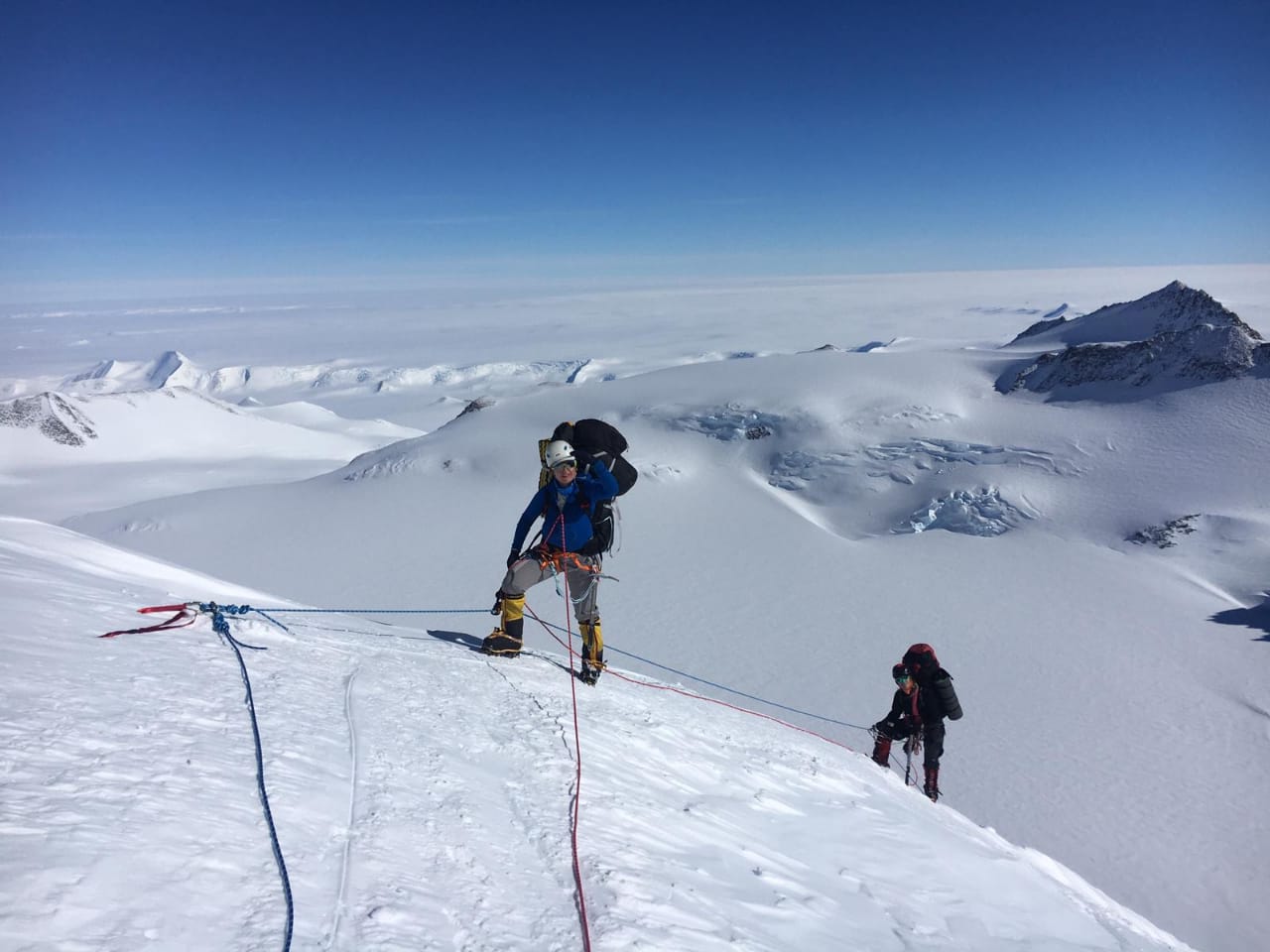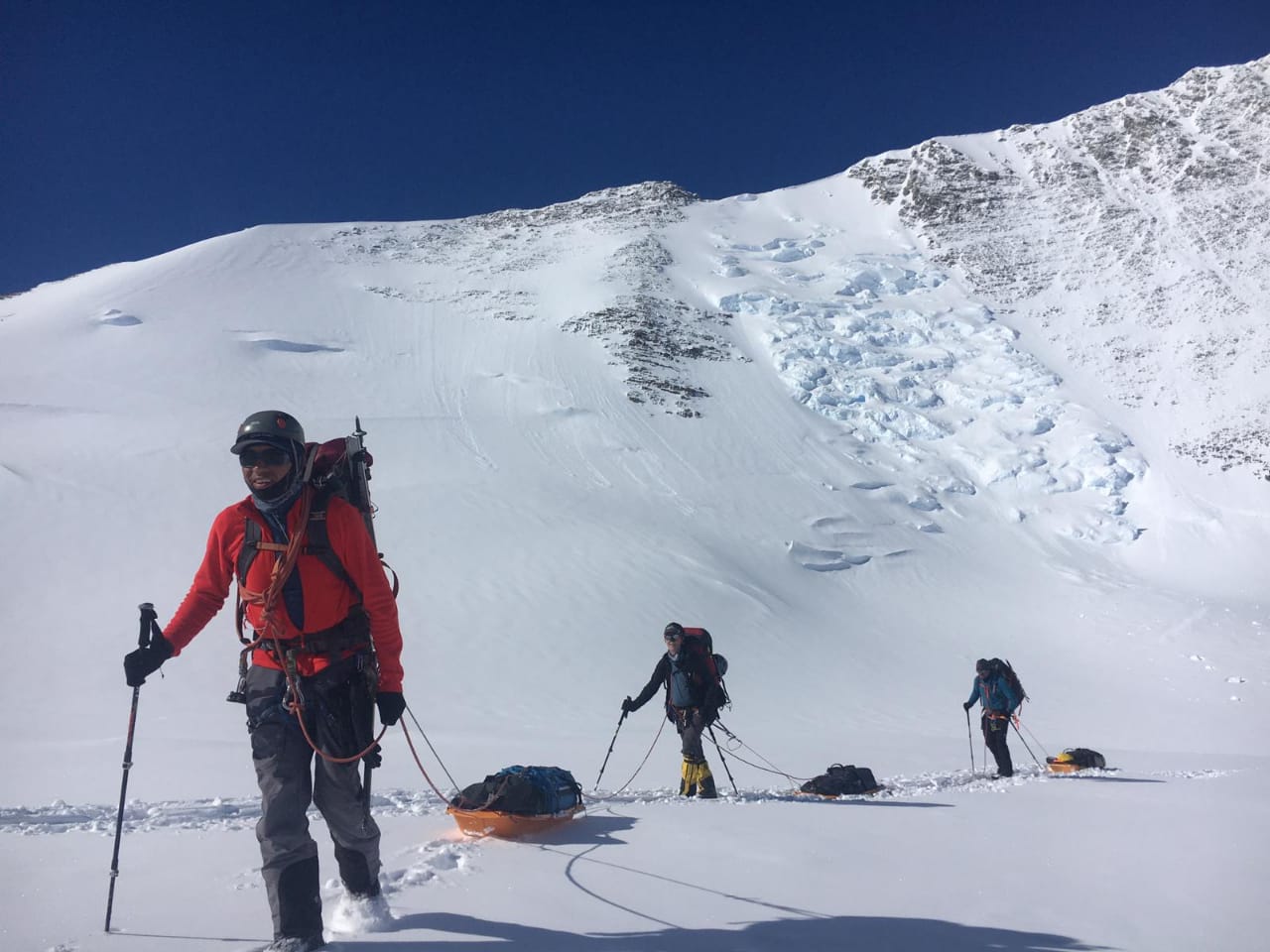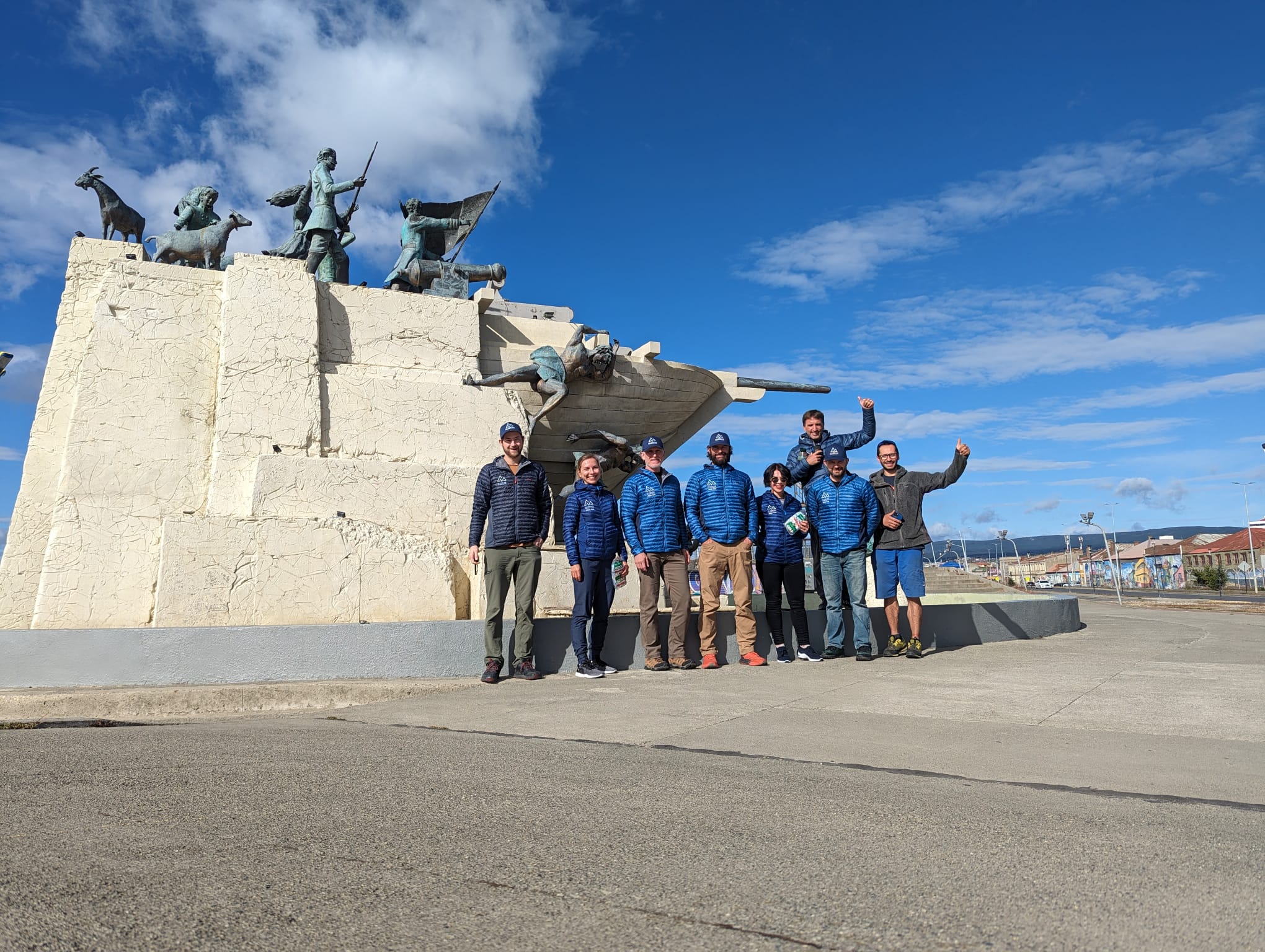Mountain Updates
Plenty of action on the peaks over New Year!
Hearty Congratulations to:
Ms Eva Steinwald
Mr Adrian Tyrell
Mr Blake Chen Li
Mr Ryan Bennett
Mr Louie Terrazas
Mr Elad Benjamin
Mr Jacob Oatman
who summited on Aconcagua today. Everyone is now back at Camp 3 doing well.
Fresh off Vinson, Anna K arrived in Mendoza today to dovetail her Vinson climb with a private custom climb on Aconcagua. She will do a speed ascent on the Normal Route.
Further South, in Antarctica, our second Vinson team is eagerly awaiting their flights to Vinson Base Camp. They are currently enjoying the creature comforts of Union Glacier but keen to get going. We hope they will fly in shortly.
Over in Africa, our Kilimanjaro team are doing great, with Guides Tendi and Gerry. Today they reached Barranco Camp (13,000ft |3,900m) having seen the Lava Tower otherwise known as the Shark Tooth. Tomorrow will tackle the steep Barranco wall onto the Southeastern flank of Kibo which offers superb vistas of the Southern ice fields up to Karanga Camp - the last water point in the steep valley.
All is well in the hills,
Cheers
CTSS
Photos CTSS Archives

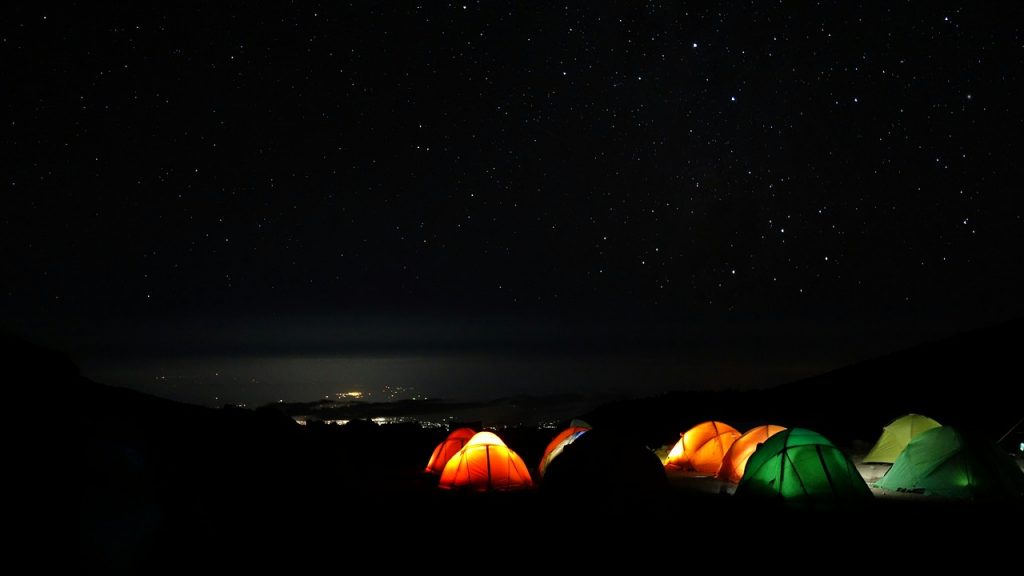

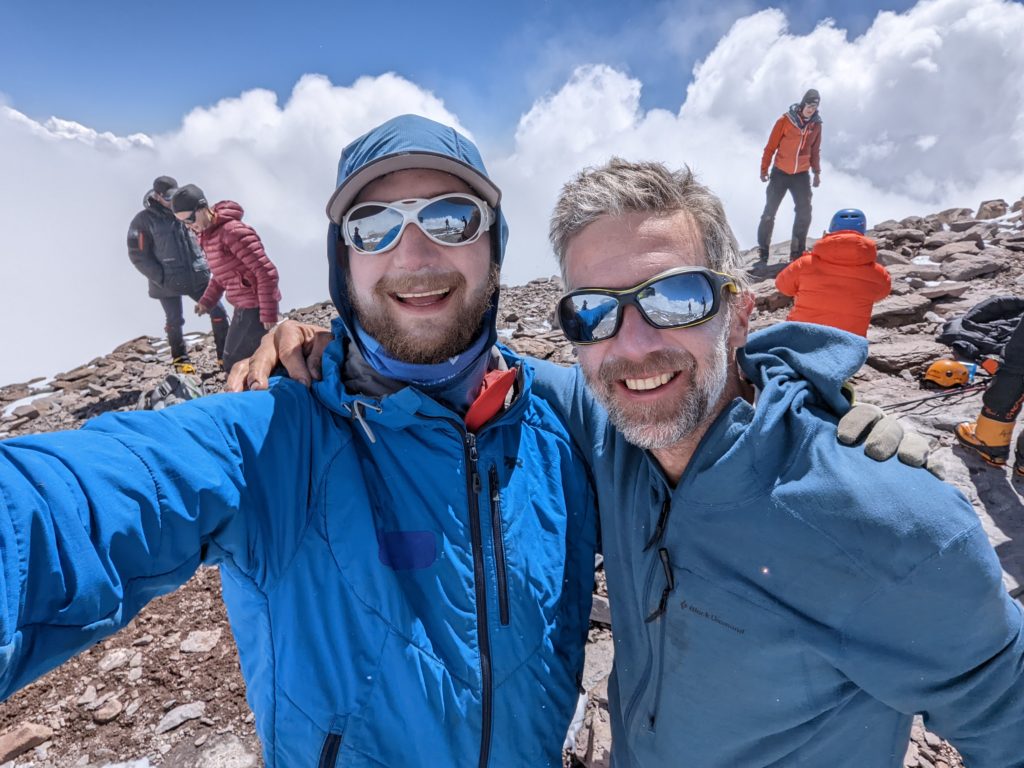
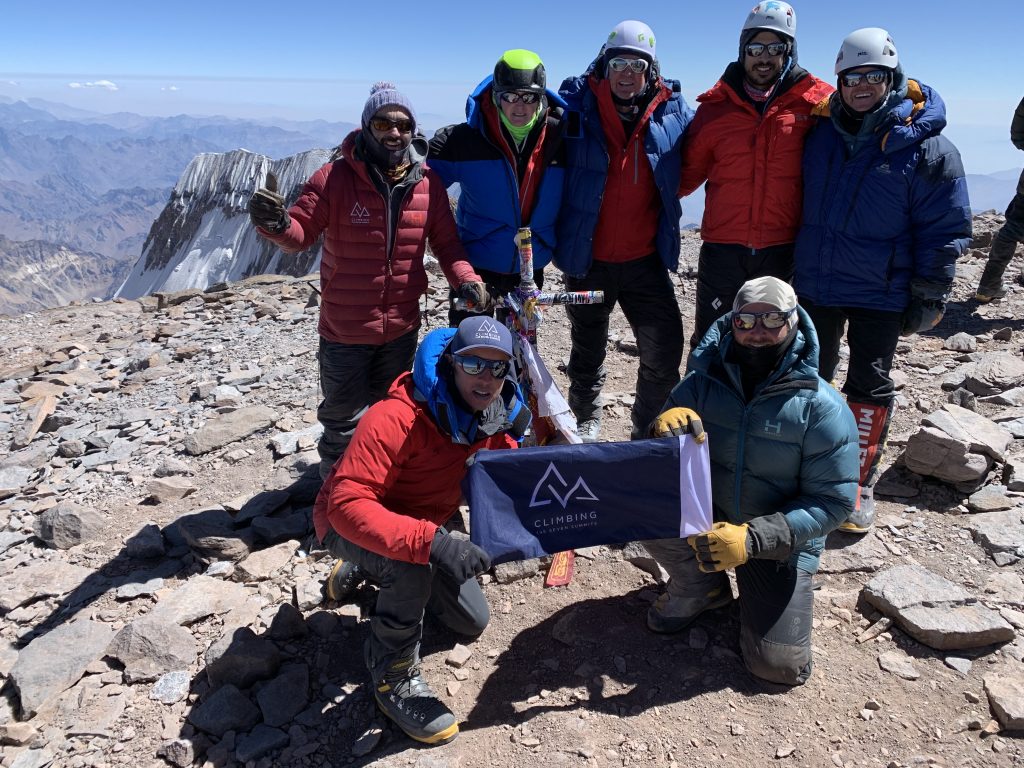
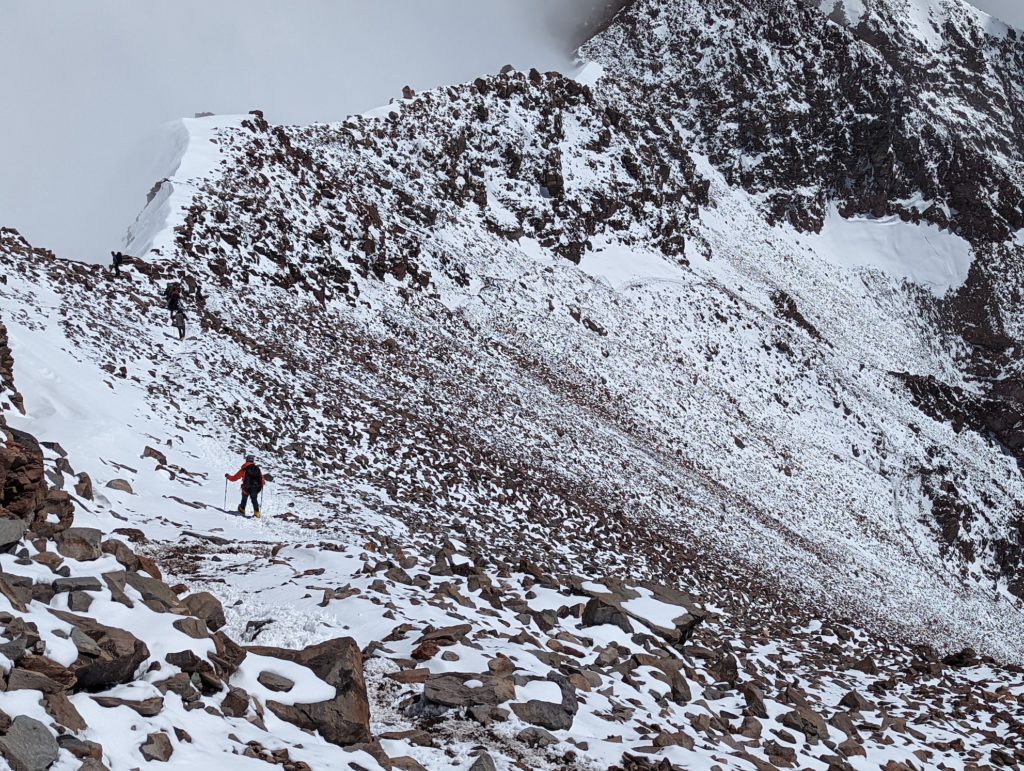
New Years' Eve News From the Mountains
Guide Nani checked in by satellite, to let us know our Aconcagua team have moved to Camp 3, they are taking a rest day today and looking to summit on the 2nd, if the weather and winds co-operate
Meanwhile, our first Vinson team who have been on a weather hold at Union Glacier awaiting their flights to Chile. They are hoping to fly out tomorrow mroning. As they step off the plane, our second team who have been patiently waiting in Punta Arenas will re-board the same plane which will refuel, restock and turn around to fly back to Antarctica.
Our Kilimanjaro team star guided by Tendi Sherpa had their gear check and team briefing yesterday and have started their climb in earnest today reaching Machame Camp.
We wish you all a wonderful close to 2023 and from our team to yours, a Happy New Year!
Cheers
CTSS Team
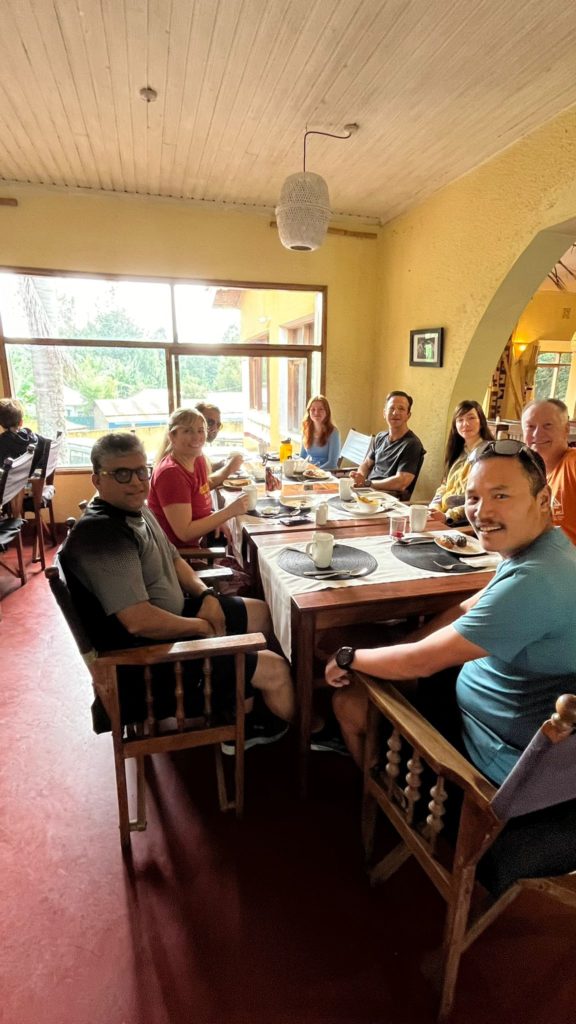

Aconcagua/Antarctica Updates
A quick update from the field.
Guide Nani checked in by satellte, to let us know our Aconcagua team are happily settled in at Camp 2, staying out of the higher winds, eating good food and resting. The guides are analyzing the forecast and planning their next moves and a summit attempt navigating around some higher winds.
Meanwhile, our first Vinson team is at Union Glacier, comfortable and content awaiting their return flight off the ice back to Chile. Our second team are settled into Punta Arenas, having completed their gear checks and enjoyed a nice celebration welcome dinner last night. They are scheduled to fly onto the ice to begin their climb in coming days.
Cheers
CTSS Team

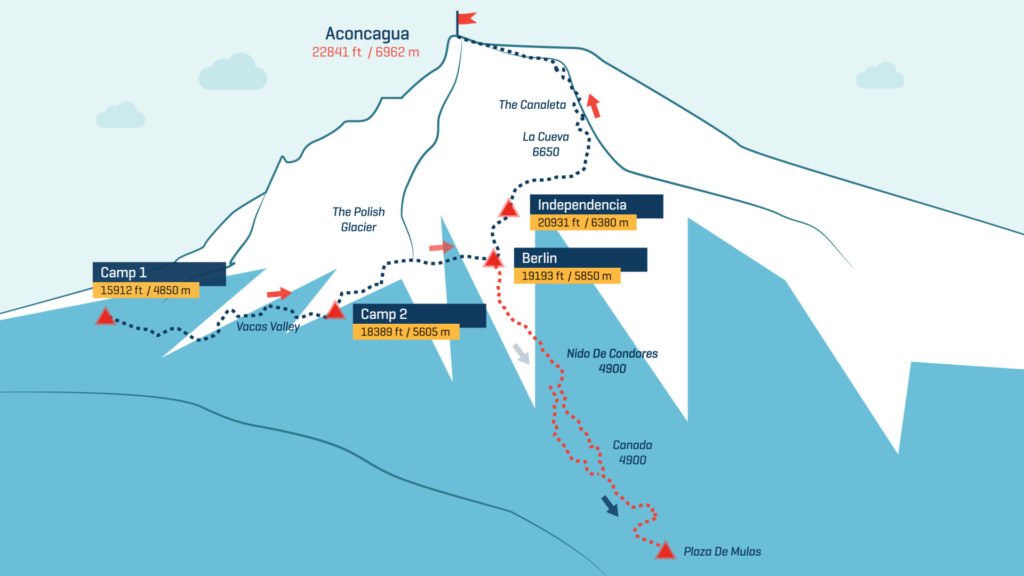
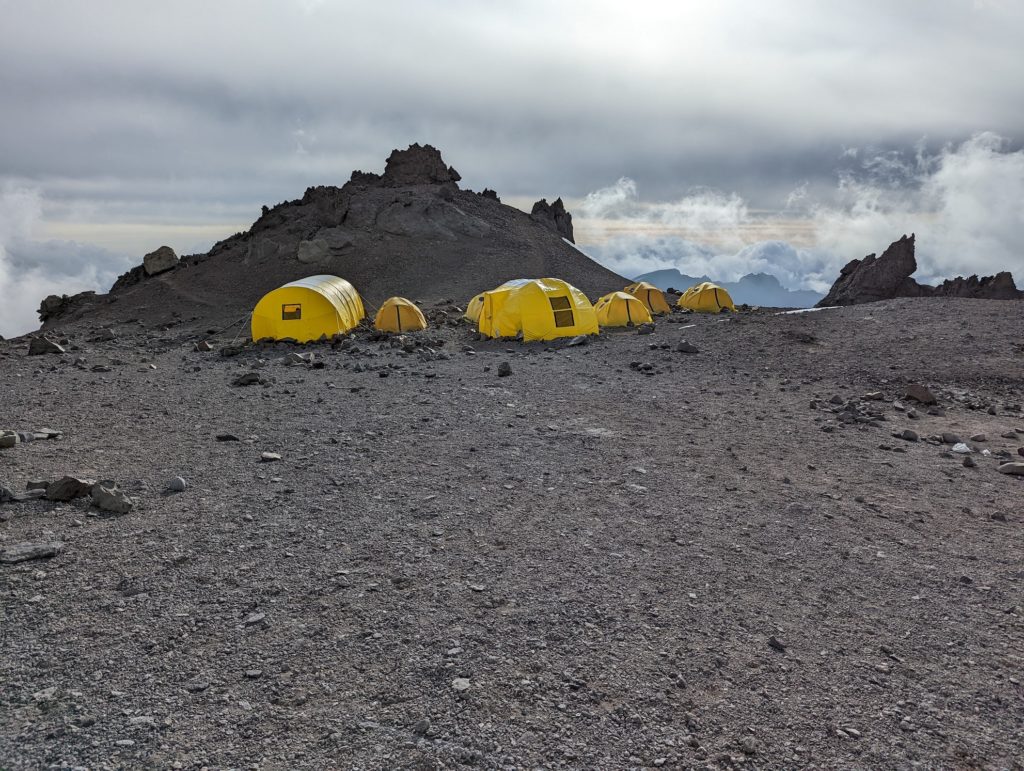
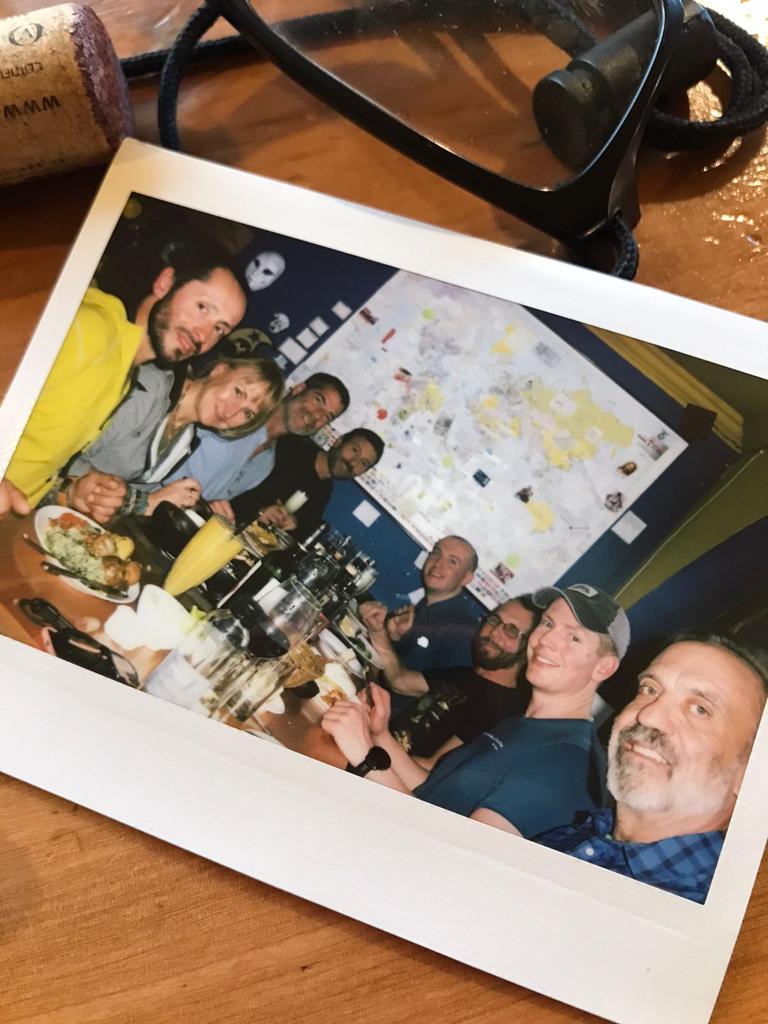
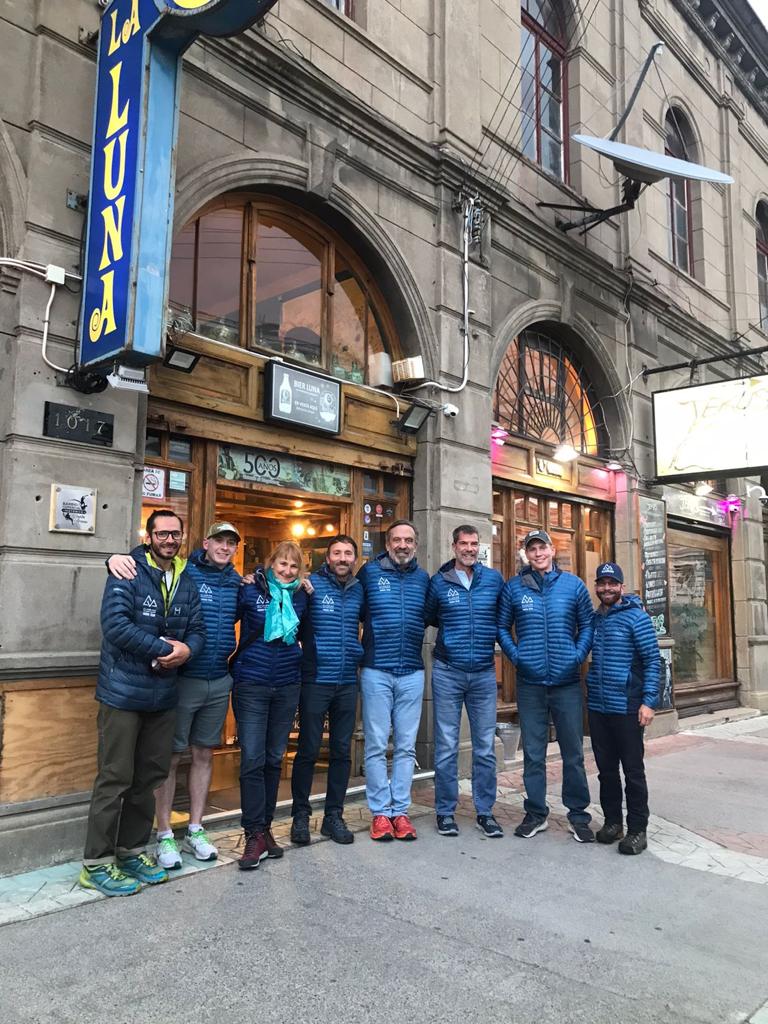
Mtn News From the Southern Hemisphere
We hope you are all enjoying the holidays! Your loved ones are definitely making the most of their time.
Over on Aconcagua - our teams made the move to camp 1 and carried their first load to camp 2. They are planning to move to camp 2 next. The team’s psyche is high and they are enjoying the climb so far!
On Vinson, the team is currently flying back to Union Glacier! They will be looking forward to their first hot showers and some R&R at Camp before flying onto Chile and trading out with our second Vinson Team who today arrives in Punta Arenas! Guides Tomi & Robert remain on the ice waving farewell to one team, and prepping to receive the next.
Guide Tendi is also on his way to Tanzania ready to take up our New Year team up Kilimanjaro.
Cheers
CTSS Team
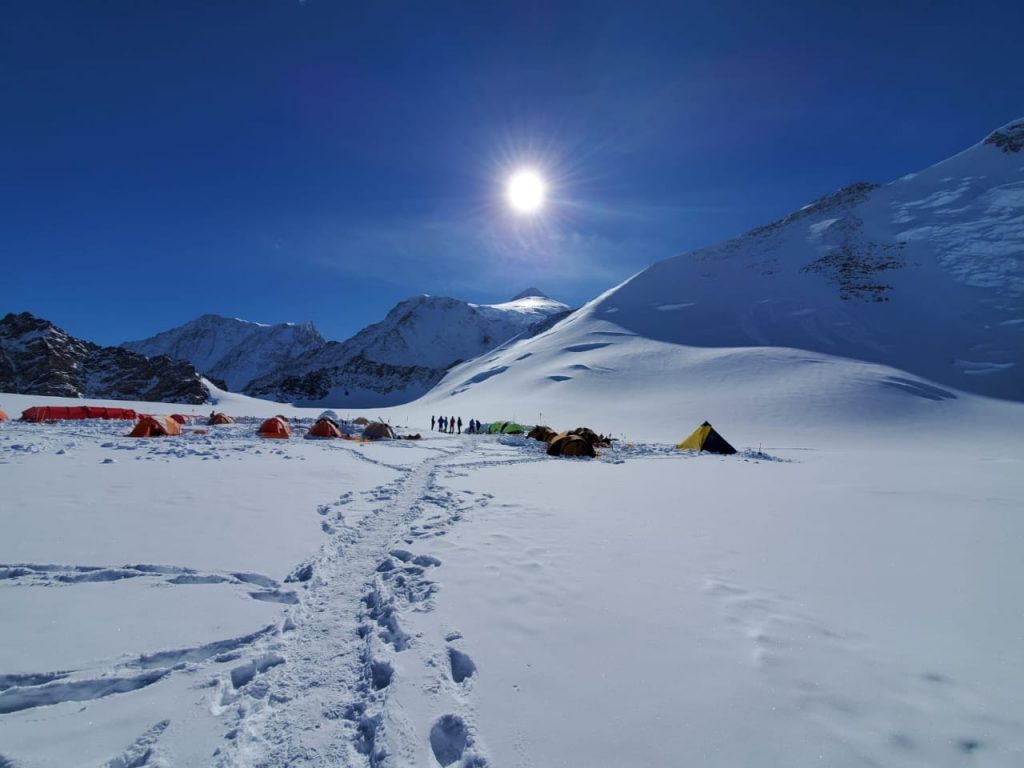
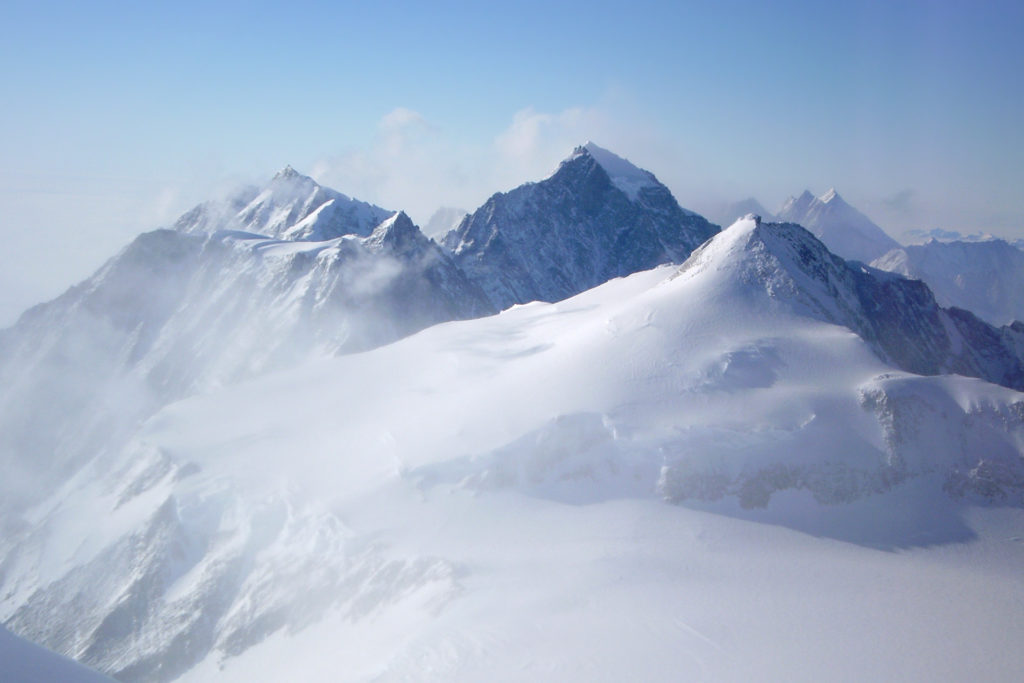
Christmas News from the Mountains
26th Dec 23:
From all of us at CTSS, Merry Christmas! We hope you are having a wonderful day with family and friends
Some brief news from the mountains;
On Vinson, our team is back to Base Camp and enjoyed a restful Christmas Day celebrating their success. Today there is a bit of fog at Vinson Base Camp so they will likely fly back to Union Glacier tomorrow or the following day. They are tentatively scheduled to fly back to Chile on the 30th.
On Aconcagua, the team did a carry to Camp 1 and elected to rest today to give themselves a bit more time to acclimatize before they head back uphill today move to Camp 1.
Cheers
CTSS Team
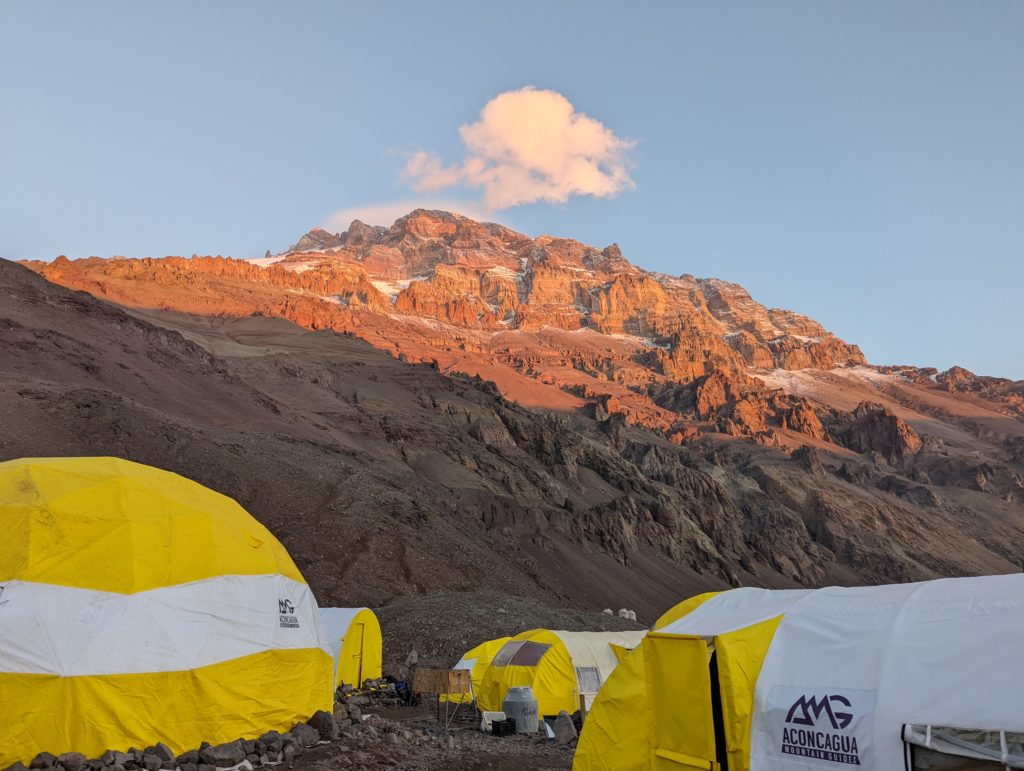

Vinson - 100% on Top of the Bottom of the World
UPDATE: The team are all now back at High Camp, settled in and having dinner. They made amazing time today at 10.5 hours round trip!
24th December 23: Congratulations to our Vinson Team with 100% on top today. Summiting in fantastic weather and now on their way back down to High Camp where they will spend the night before dropping back to Base Camp tomorrow.
Congratulations to;
Ms Lara Daniel (who also skied to the South Pole!)
Mr Matt Demey (who also skied to the South Pole!)
Mr Steve Daniel
Mr Sean Karls
Mr Brian Bishop
Ms Anna Kasbekar
Ms Ilknur Colak
Senior Guide Tomi Ceppi
Senior Guide Robert Jantzen
Cheers
CTSS Team
Photo CTSS Vinson Archive
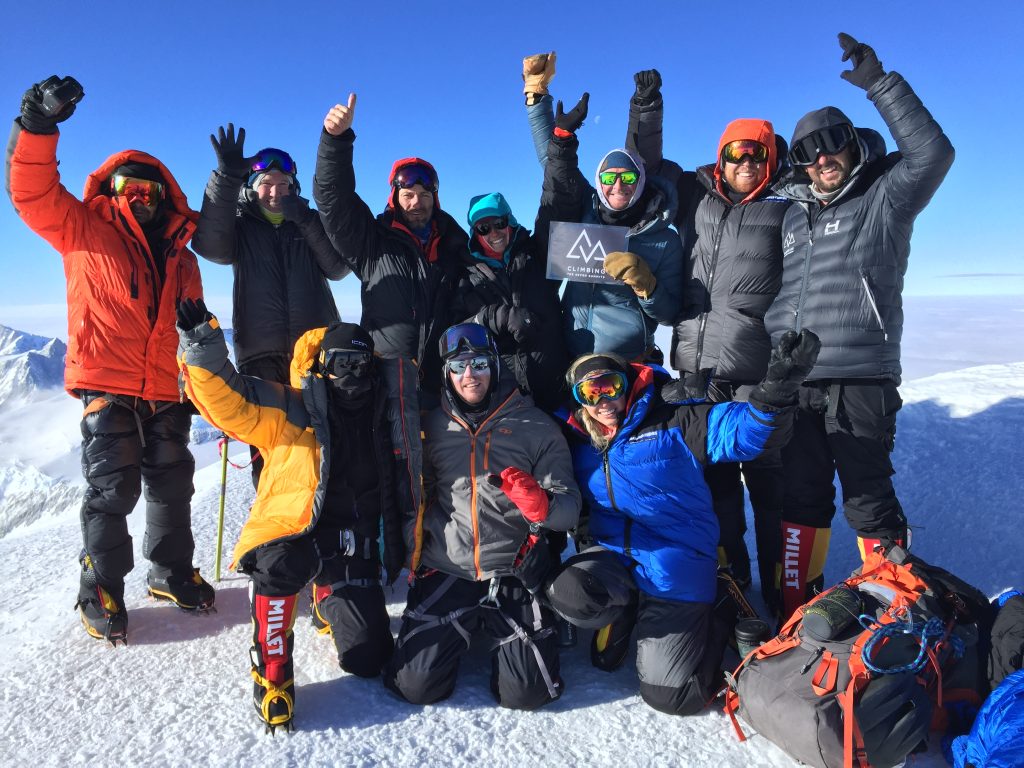
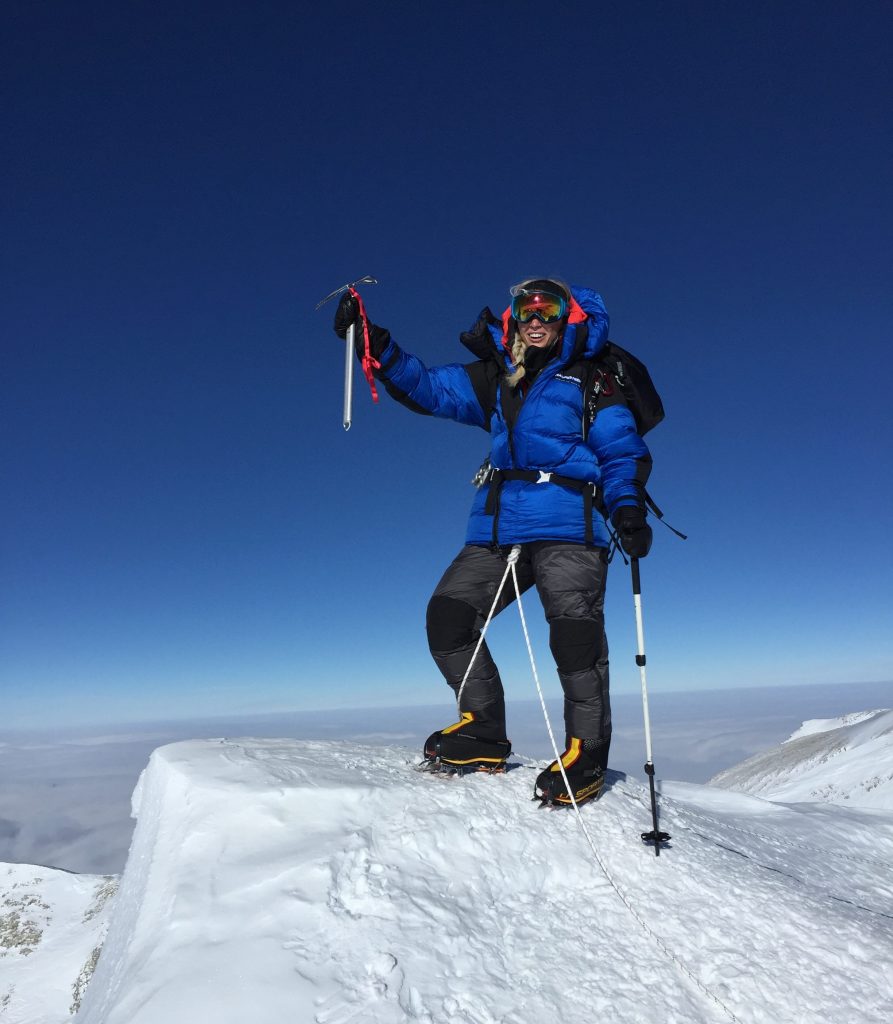
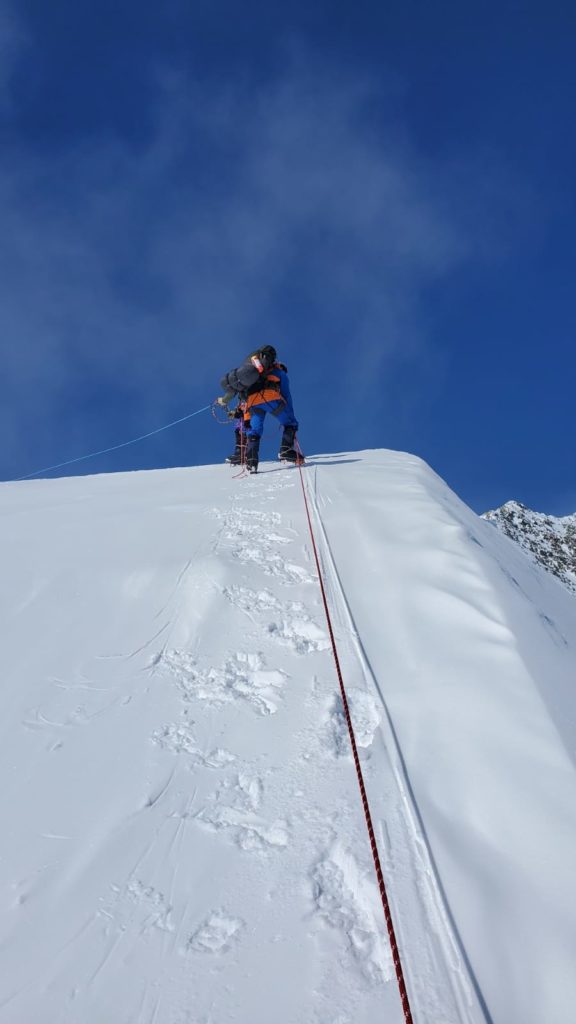
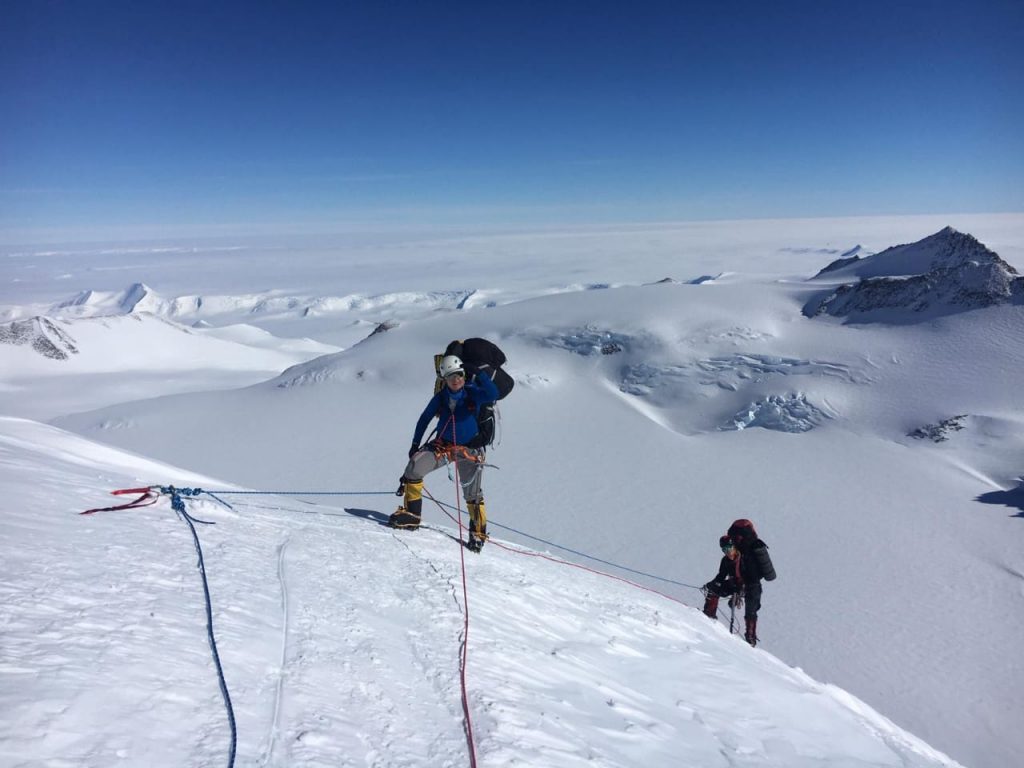
Vinson Team Moving Up
Our first Vinson team are taking advantage of the good weather at Low Camp on Vinson. They spent today resting, and refreshing some fixed line skills in their downtime and are feeling good and ready to move up.
They plan to climb to High Camp tomorrow and make the most of the great weather (forecast to be clear for at the next 3 days) Their plan is to summit on the 24th Dec and descend back to Vinson Base Camp to celebrate Christmas Day on the 25th. A truly White Christmas!
Cheers
CTSS Team
Photos from Vinson Archive

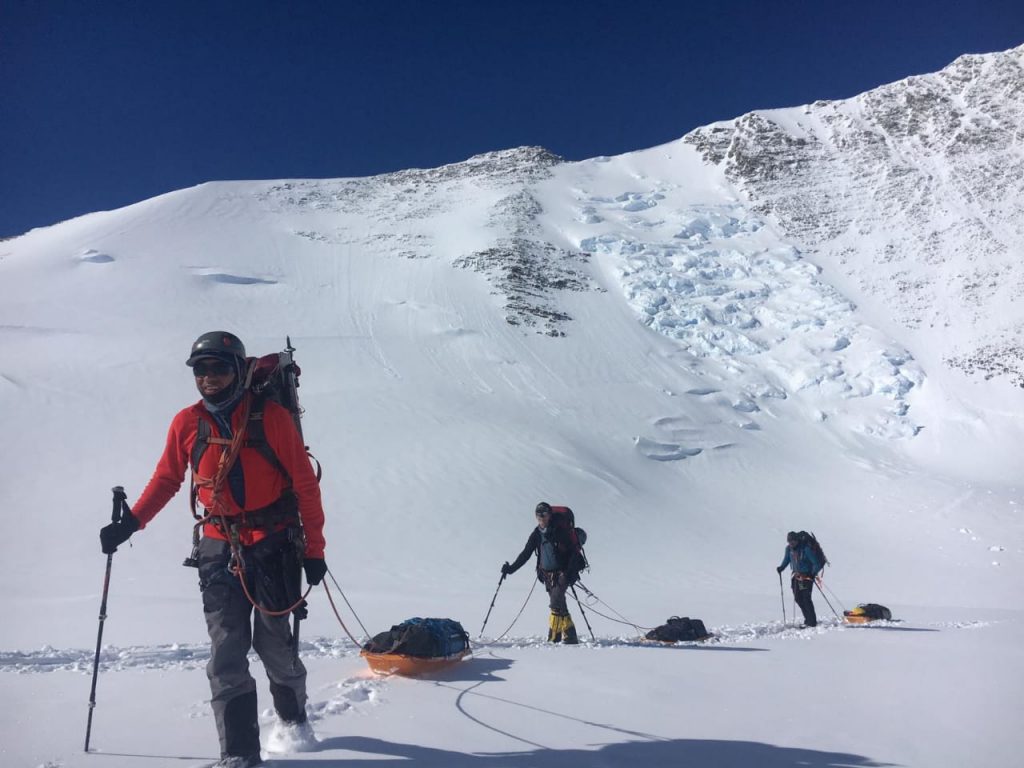
Aconcagua Teams on Approach
Our first Aconcagua teams of the season are off to a great start! They started at the Hyatt in Mendoza, Argentina checking all of their gear, finalizing and picking up their permits, and having a celebratory dinner in town. From there they drove up to Punta Del Inca where they began their trek.
They have spent the past few days trekking through the ruggedly beautiful Vacas and Relinchos valleys en-route to Base camp. They are trekking slowly to allow their bodies time to acclimatize and enjoy the views. Most of their equipment is carried by mules during this trek allowing the climbers to have just lighter day packs.
They have a traditional Asado dinner (a barbecue of beef, pork, and chicken over an open fire) under the stars at their first camp Pampa De Lenas and are excited to get to basecamp at Plaza Argentina and start climbing.
Photos from Guide Nani S
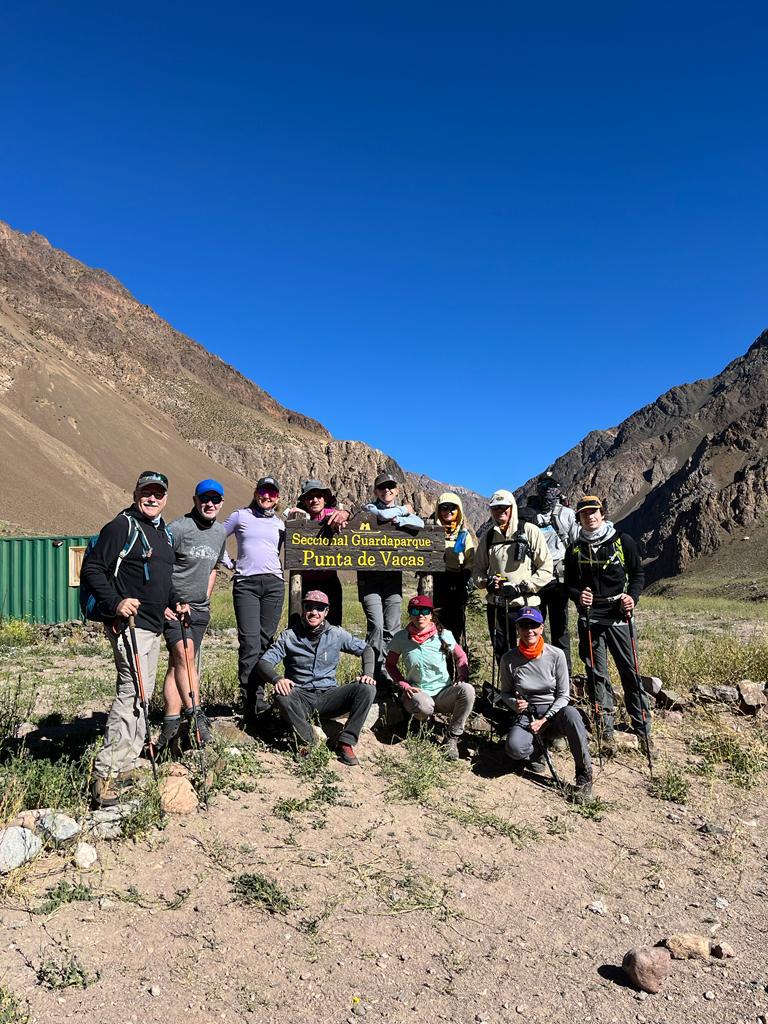
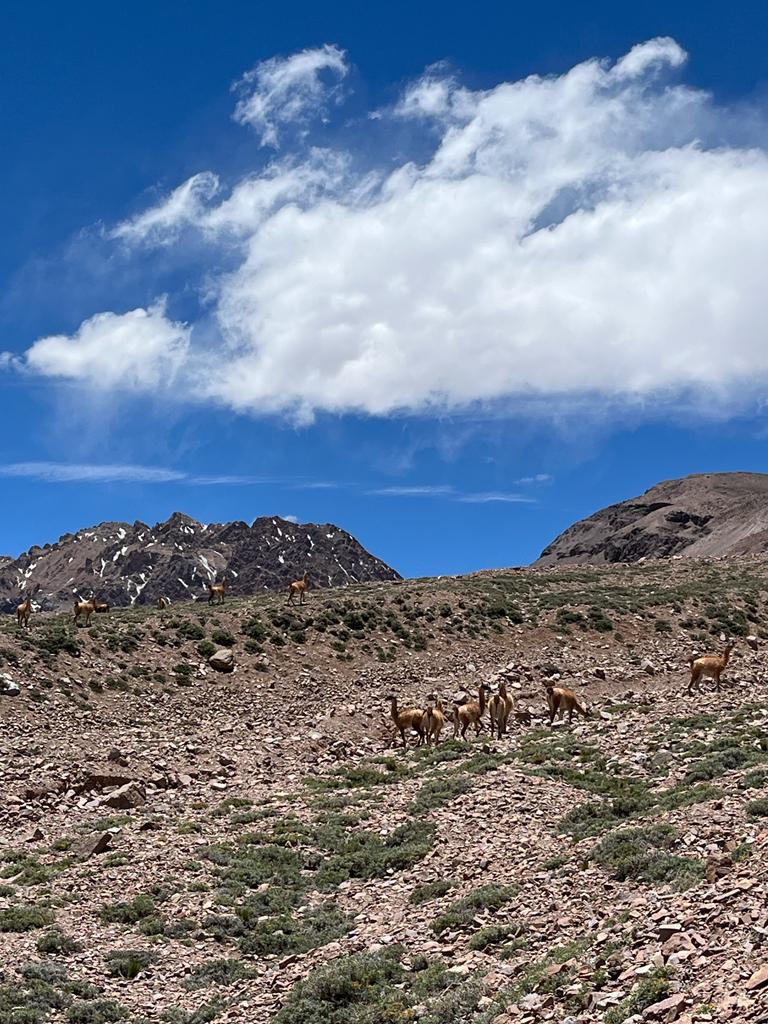

Vinson 1 Team Heading to Low Camp
Our first Vinson team of the season is in high spirits and moving on schedule.
Following a night at Union Glacier, they flew in 2x twin otter ski plane flights over to Vinson Base Camp in clear weather.
Domes and tents all set up, Vinson Base Camp is looking good.
It's so cold at Vinson that we've spent the last few seasons investing heavily in having a higher level and quality of equipment in one of the most remote places in the world so that our climbers can get out of the cold. Our central dome hang out tent has custom made insulated walls & flooring, proper tables and chairs, which means the team aren't huddled under the old school 'hoochie' type tents of yesteryear, (open sided/upright creating a temporary - albeit very cold - shelter) sitting on ice benches eating dehydrated meals like everyone else. This conserves energy and keeps morale high for when they need it up high. We grill up ribeye and salmon steak, bacon and eggs and all the good things, accommodating any dietary needs.
Today they are moving up to Low Camp (where we also have a dome pre-cached and ready) and the plan is to acclimatize there before moving up to High Camp.
Guide Robert Jantzen reported in overnight with a short and sweet "team is having a blast, weather is good!" - here in the back office we love these kind of updates as it means everything is singing along as it should.
Photographs from CTSS Vinson Archive.


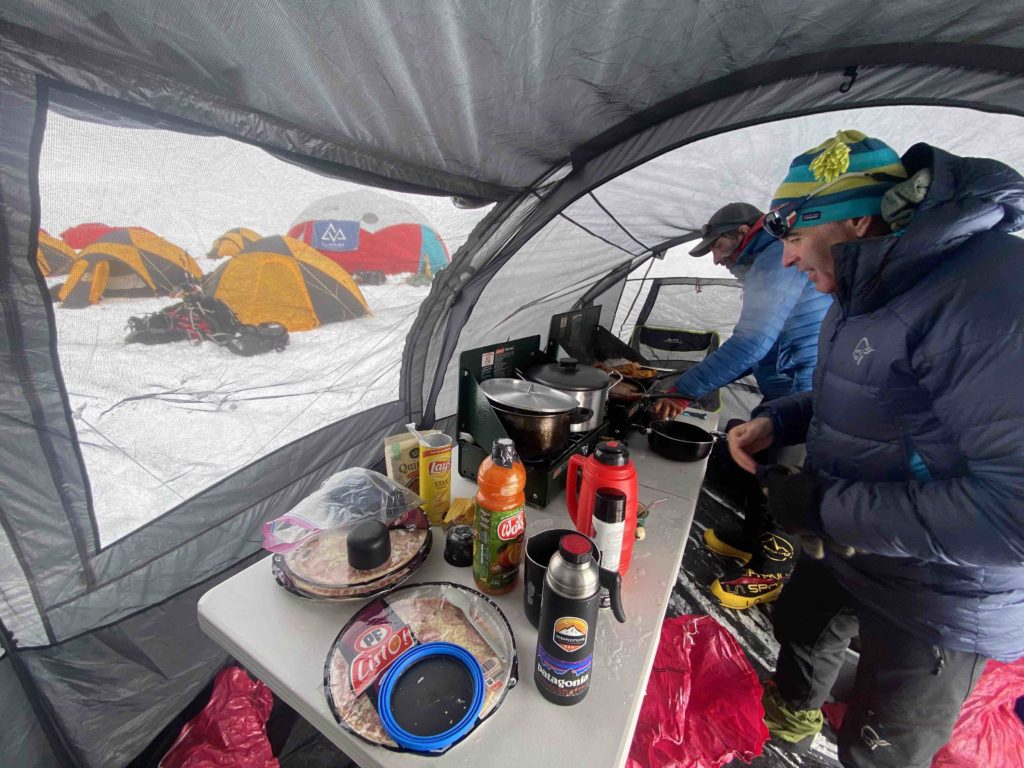
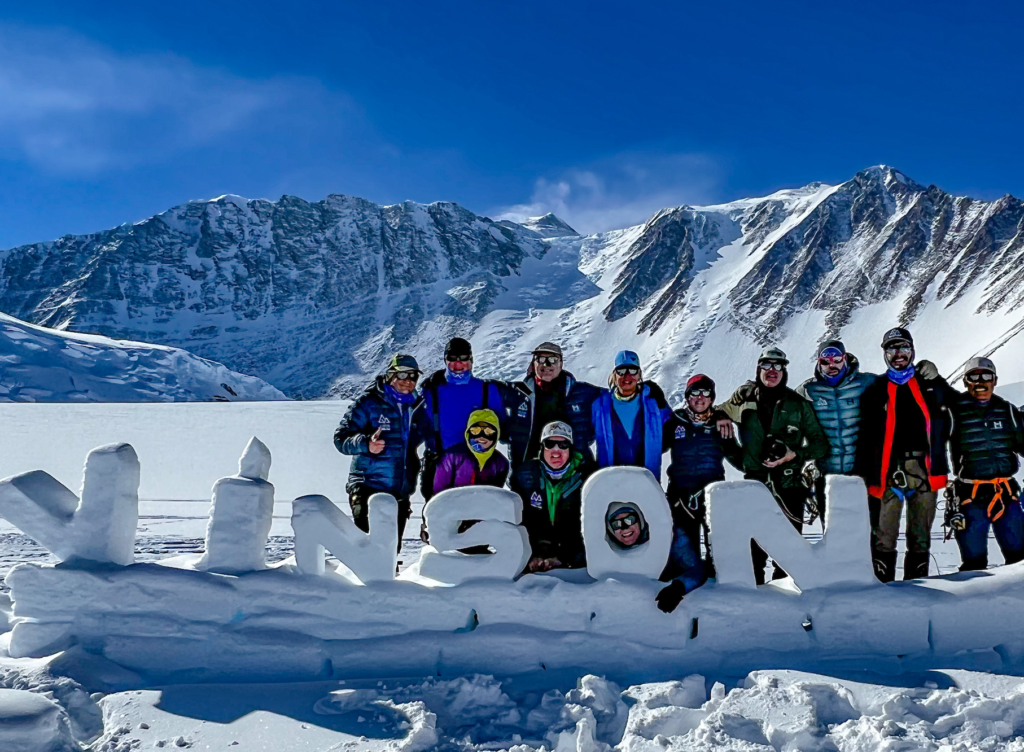

Vinson Team Ready To Go!
The first CTSS Vinson team of the season have all arrived in Punta Arenas and are getting ready to head down to Antarctica! With members coming from all over the world often the hardest part of any expedition is simply getting everyone, and all their bags, to the jumping off point. For this team travels were relatively smooth and all baggage arrived without any delays. That's a great way to start their adventure!
The town of Punta Arenas, Chile is the logistics hub for all activities running through Union Glacier Base in Antarctica, including all Vinson climbs. Located on the Strait of Magellan in the Tierra Del Fuego area the city's southern location and well developed airport serves Antarctic expeditions of many types.
Our Vinson team has spent the last 3 days recovering from jet lag, packing, and meeting with the flight teams for a detailed orientation on all the details it takes to travel responsibly in Antarctica. By now their bags are all packed and ready to go, last minute preparations completed and the excitement is starting to build.
The latest update from Union Glacier and the flight team has a storm moving through the Antarctic area, so the flight team has elected to postpone for 24 hours until conditions improve. This type of short delay is very common with such remote locations, and our itinerary has several contingency days built into it for just that reason. The team is spending today relaxing around town and enjoying the Austral summer, this evening they'll receive an update about conditions and adjust accordingly.
While CTSS has excellent communication with their guides via several redundant satellite options, normal communication for team members to and from Antarctica is hit and miss. For those following along with friends and loved ones you can expect regular updates via this blog, but if you send them a message directly and don't hear back - don't worry! As always, no news is good news. We'll have frequent updates from our guides and will pass them along here as the team flies to Union Glacier, then on to Vinson Basecamp, and moves up the mountain over the next few weeks.
Stay tuned!
Cheers,
CTSS Team
